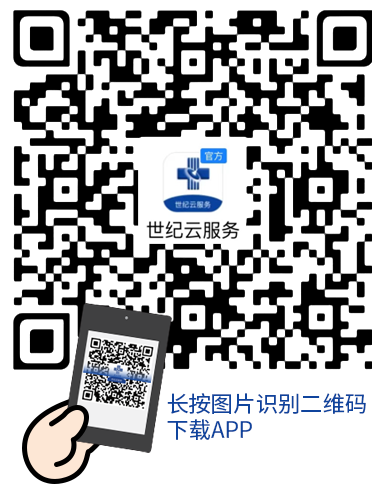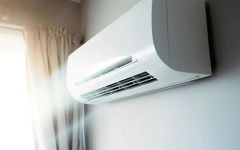
Contents:
· Common cold classifications
· Symptoms and medications for various types of colds
Is there a difference between catching a cold from being cold and catching one from being overheated? Can the same cold medicine be used for both? Let’s take a look at this quick reference for cold classification and medication.
 Wind-Cold Cold
Wind-Cold Cold
This type of cold is caused by exposure to wind and cold, more common in autumn and winter.
Characteristics:
· No sweating, particularly sensitive to cold, mild fever
· Headache, joint pain, body aches
· Clear, thin phlegm, runny nose, sneezing, significant nasal congestion
· No thirst, no sore throat
· Tongue coating thin and white
Medications:
· Ganmao Qingre Granules: A representative medication for wind-cold colds. Avoid spicy, stimulating, cold, and greasy foods during treatment, and do not take nourishing Chinese herbs simultaneously.
· Tongxuan Li Fei Wan: Suitable for wind-cold colds with exterior symptoms and lung qi not dispersing. Not suitable for wind-heat, phlegm-heat coughs, or yin deficiency dry coughs.
· Huoxiang Zhengqi Capsules/Syrup: Effectively relieves cough, runny nose, fever, and body aches associated with wind-cold colds.
· Ginger and Brown Sugar Water: Can be used in the early stages of wind-cold colds (tightness in the scalp, heaviness in the back and neck, sourness in the nose and throat, fatigue). Recipe: 5 slices of ginger, 2 scallions (with roots), 6g dried tangerine peel, 30g brown sugar, boil and drink hot once a day.
Wind-Heat Cold
Generally occurs in spring and summer due to excessive heat, lowered immunity, and viral invasion of the lungs, causing upper respiratory infections.
Characteristics:
· Sweating, slight sensitivity to cold and wind, high fever
· Headache
· Thick or yellow phlegm, runny yellow nasal discharge, nasal congestion
· Thirst, sore throat, cough
· Red tip of the tongue, thin white or thin yellow tongue coating
Medications:
· Shuanghuanglian Oral Liquid, Yinhuang Granules, Yinqiao Detox Soft Capsules: Common medications for wind-heat colds. Can be used for symptoms like sweating and sore throat.
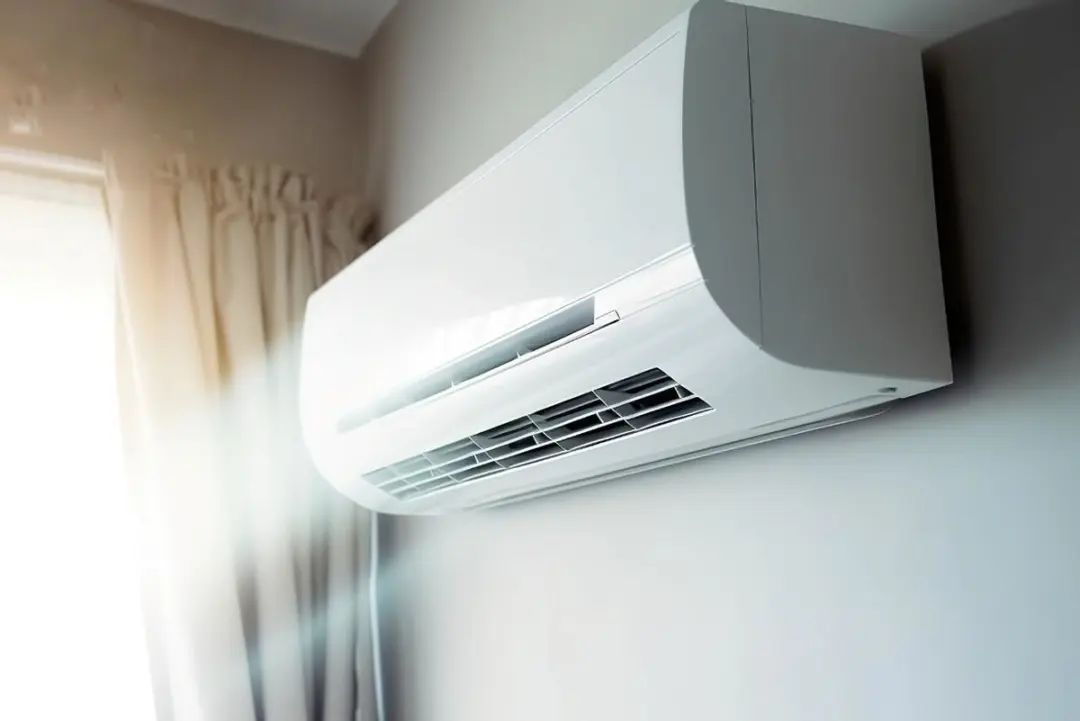
Summer Damp Cold (also known as Summer Cold)
Commonly referred to as heat-induced cold, this type of cold is unique to summer. The weather is hot and humid, and people often seek coolness from air conditioning or fans, which can lead to summer damp colds.
Characteristics:
· Feeling of fullness in the chest and abdomen, sensation of blockage in the chest
· Sweating but no relief from fever, mild fever, slight sensitivity to cold and wind
· Headache, body fatigue, joint pain
· Thick phlegm, runny thick nasal discharge, nasal congestion
· Dry mouth, sore throat
· Tongue coating white and greasy or yellow and greasy
Medications:
· Huoxiang Zhengqi Capsules/Syrup: Can be used for symptoms like headache, chest and abdominal fullness, vomiting, and diarrhea.
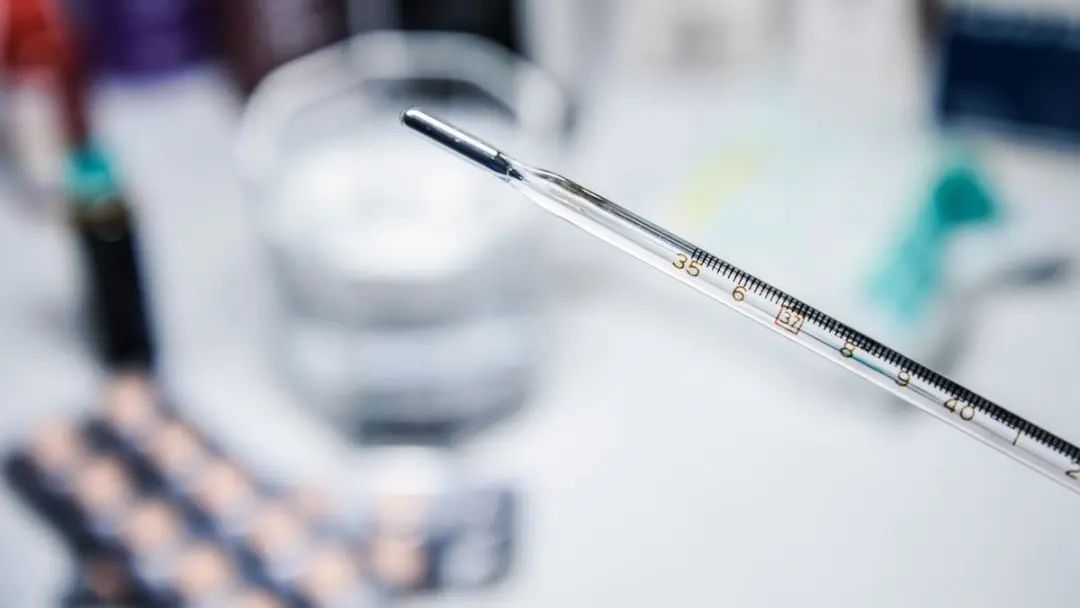
Seasonal Cold (Influenza)
Acute respiratory infectious disease caused by seasonal viruses, easily occurring in spring when it warms and then turns cold, or in winter when it cools and then warms.
Characteristics:
· No sweating, sensitivity to cold, fever
· Headache, body aches
· Runny nose, sneezing, cough, nasal congestion
· Sore throat
· May also experience bloating and nausea
Medications:
· Lianhua Qingwen Granules, Jinhua Qinggan Granules: Common medications for treating seasonal colds, with effects of clearing heat and detoxifying, and clearing heat and draining fire.

Qi Deficiency Cold
Individuals with qi deficiency are more susceptible to external pathogenic factors, leading to qi deficiency colds.
Characteristics:
· Shortness of breath, fatigue, weak cough with phlegm
· No sweating, mild fever, sensitivity to cold
· Headache, body aches
· Coughing white phlegm
· Tongue coating thin and white
Medications:
· Yupingfeng San: Suitable for symptoms of qi deficiency cough, shortness of breath, clear thin phlegm, and pale complexion.
Yin Deficiency Cold
May be caused by staying up late, excessive worry, or frequent consumption of spicy and stimulating foods.
Characteristics:
· Night sweats, heat in palms and soles
· Fever, slight sensitivity to cold and wind
· Dizziness, irritability
· Dry cough with little phlegm, nasal congestion with runny nose
· Dry mouth and thirst
· Red tongue, thin tongue coating
Medications:
· Yupingfeng San: Also suitable for yin deficiency colds.
· Xiao Chai Hu Granules: Has effects of dispersing exterior heat and soothing the liver and stomach. During treatment, avoid cold, greasy, and spicy foods, and avoid smoking and alcohol. Do not take nourishing Chinese herbs during treatment.
Yang Deficiency Cold
Usually occurs due to extreme weakness of the body, leading to wind-cold.
Characteristics:
· No sweating or spontaneous sweating, intermittent chills, particularly sensitive to cold, mild fever
· Headache, joint pain
· Pale complexion, low voice
· Tongue coating thin and white
Medications:
Ma Huang Fu Zi Xi Xin Tang
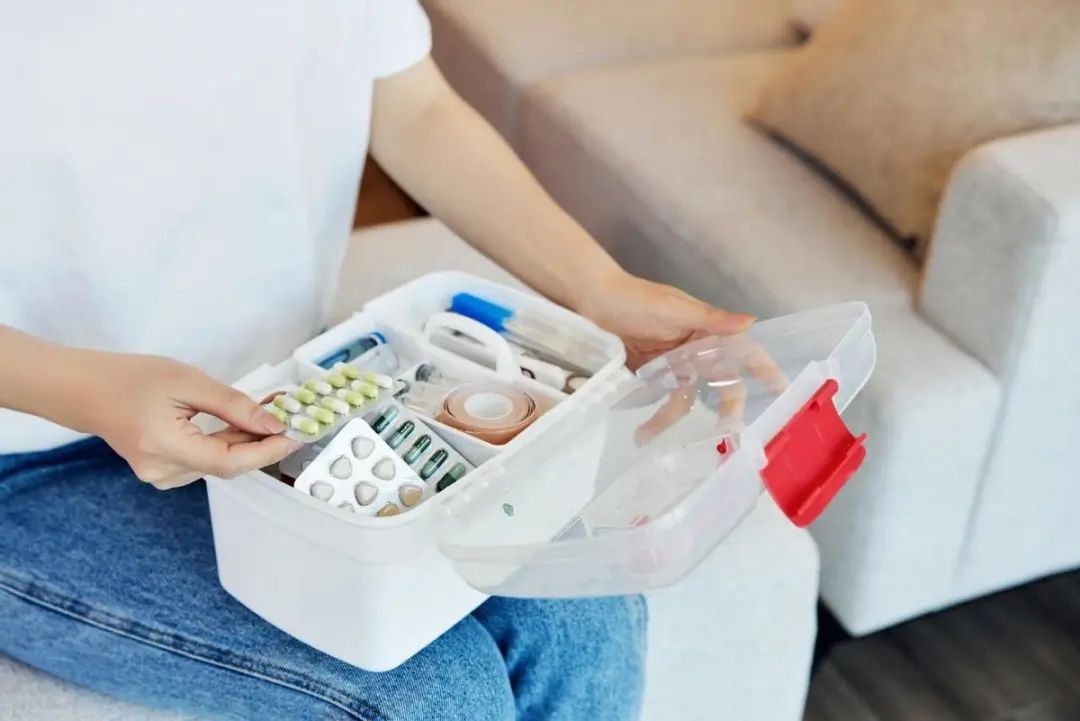
Medications based on symptoms:
· Dry and painful throat, dry cough with little or no phlegm (not suitable for excessive thick or sticky phlegm)
Yang Yin Qing Fei Oral Liquid, Qiang Li Pi Pa Lu
Qiang Li Pi Pa Lu contains poppy husk and is not suitable for long-term or excessive use.
· Fever, sore throat, thirst, cough with yellow phlegm, lung heat cough (not suitable for wind-cold colds)
Ji Zhi Syrup, Compound Fresh Bamboo Liquid, Ten Flavor Long Dan Hua Granules, Fei Li Ke Mixture
Note: Strictly adhere to contraindications, for example, avoid taking tonifying medications during the use of external pathogen medications, such as Liu Wei Di Huang Wan, to prevent drug interactions. Please take medications under the guidance of a physician, and seek medical attention if discomfort occurs!
Source: Lianhua Xili Community Health Service Station
Author: Nie Haihong




Selected


 Important Notice
Important Notice

 Popular Videos
Popular Videos

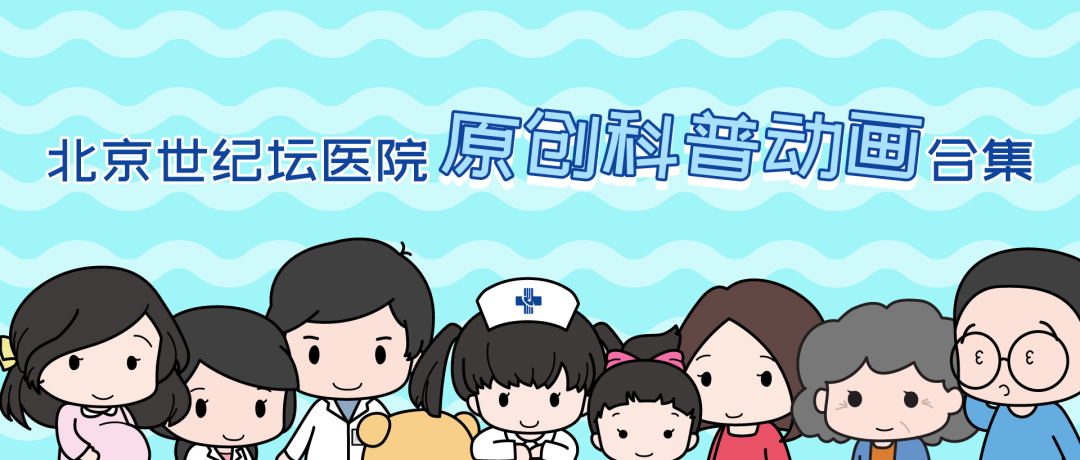

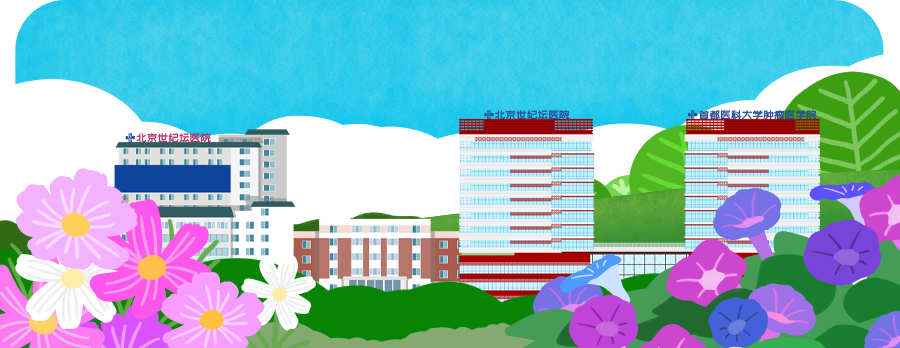
Follow Us
